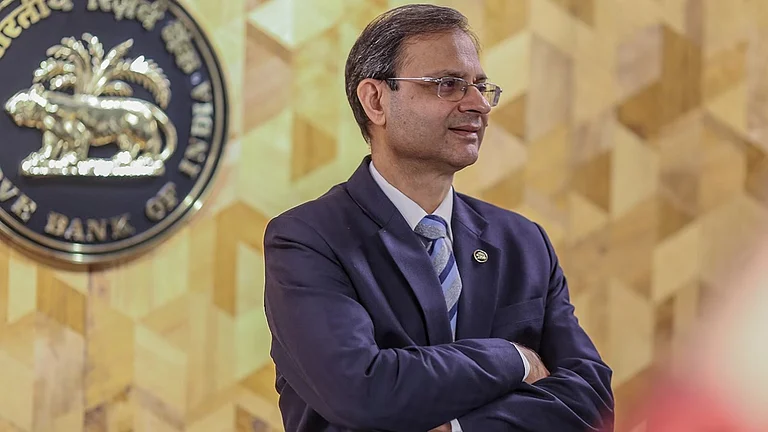In a significant nod to the evolving fintech ecosystem, Reserve Bank of India Deputy Governor T. Rabi Shankar called for deeper synergy between regulators and start-ups, spotlighting the central bank’s tech-forward initiatives at the IIMA Ventures’ Bharat Inclusion Summit 2.0.
Speaking at the event, Shankar highlighted the RBI’s intensified dialogue with fintech players, crediting this partnership for transforming India’s financial inclusion landscape. “Especially over the last one year, we’ve established regular interaction forums with the fintech community,” he said. These forums, dubbed the Fintech Act, have helped bridge expectations.
He stressed that technology has become central to every core function of the central bank, from monetary policy transmission to credit delivery. According to Shankar, digital public infrastructure (DPI), such as Aadhaar and the Unified Payments Interface (UPI), has been pivotal in enabling scalable, interoperable, and affordable financial services. “India is not only a leader in state-of-the-art payment infrastructure but also a global front-runner in digital payment innovations,” he added.
Additionally, he pointed out that while financial access has widened significantly through initiatives like the SHG-Bank Linkage Program and Basic Savings Bank Deposit Accounts, the quality and usage of these services still pose a challenge. “A smartphone doesn’t automatically mean people prefer digital transactions,” he noted, citing usability issues, language barriers, and trust concerns as critical bottlenecks.
To that end, the RBI is prioritising vernacular-friendly interfaces, enhancing business correspondent (BC) quality, and improving the gender ratio among BC agents to better serve rural women customers. Currently, female BCs make up only 13% of the network.
Shankar also spotlighted the role of DPI in financial inclusion. “Public sector builds the rails, but fintechs innovate on top,” he said. Tools like UPI and Aadhaar-enabled Payment Systems (AePS) have not just cut transaction costs but fostered widespread adoption. In FY 2024-25 alone, AePS clocked over 61 crore transactions worth ₹3 lakh crore, proving its impact on last-mile delivery.
The RBI's Payment Infrastructure Development Fund (PIDF), aimed at Tier-3 to Tier-6 regions, has deployed 4.22 crore acceptance devices so far more than half in the lowest-tier towns. Meanwhile, the RBI’s Digital Payments Index, pegged at 465.33 as of September 2024, reflects the sector’s explosive growth since 2018.
“The tech-finance ecosystem today is no longer parallel to regulation instead it is intertwined with it,” Shankar concluded, signalling a regulatory shift toward collaboration rather than control.
































